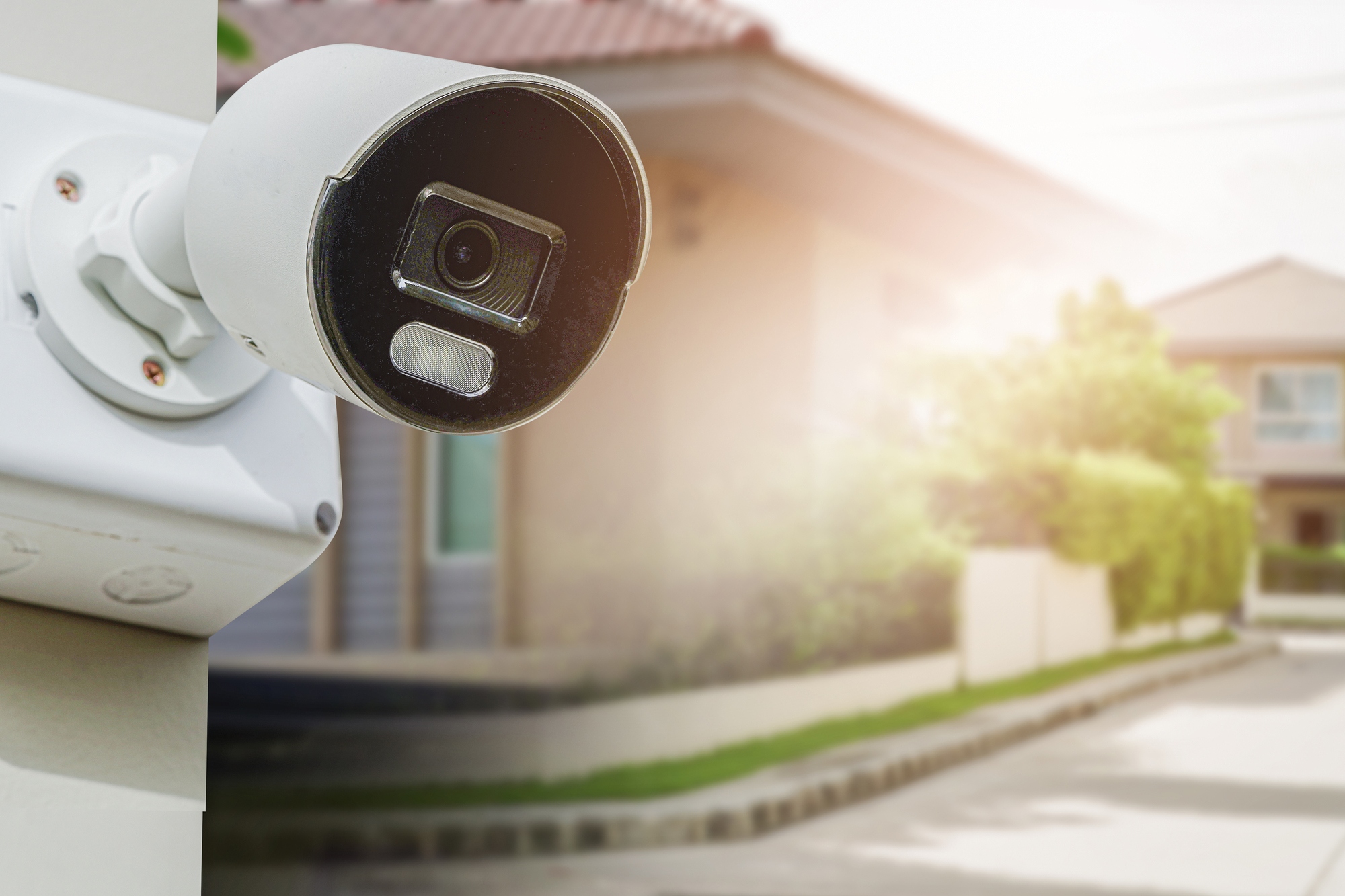When it comes to home security, choosing the right camera system is essential to keeping your property safe. Two of the leading names in the smart security camera market are Arlo and Nest, each offering a range of high-quality products with unique features and capabilities. Both Arlo vs Nest have their strengths and weaknesses, but which one is the best fit for your needs?
In this comprehensive Arlo vs Nest comparison, we’ll break down the key features, video quality, smart integrations, pricing, and overall performance of both brands to help you decide which security camera system is the right choice for your home.
Overview of Arlo and Nest
Before diving into the specific comparisons, let’s take a quick look at each brand.
- Arlo: Arlo is known for offering a wide range of high-quality wireless security cameras with features such as 2K and 4K resolution, smart motion detection, and customizable settings. Arlo cameras are designed to be versatile and easy to install, catering to users who want top-tier security without complicated setups.
- Nest: Nest, now part of Google, offers a more streamlined lineup of smart home products, including indoor and outdoor cameras, as well as video doorbells. Nest cameras are known for their seamless integration with the Google ecosystem, offering advanced smart features such as facial recognition and motion alerts through the Google Home app.
With these overviews in mind, let’s compare Arlo vs Nest in detail across key categories.
1. Video Quality: 2K vs 1080p
- Arlo: Arlo cameras are widely praised for their excellent video quality. The majority of Arlo’s higher-end cameras offer 2K HDR or even 4K video resolution, providing crystal-clear footage that captures intricate details. This high resolution is especially useful for zooming in on specific areas or identifying faces, license plates, and other important details.
- Nest: Nest cameras, such as the Nest Cam (Indoor and Outdoor) and the Nest Doorbell, generally offer 1080p HD video resolution. While this is still clear and sharp for most home monitoring needs, it doesn’t offer the same level of detail as Arlo’s 2K or 4K options. However, Nest cameras are equipped with HDR technology, which helps balance lighting and improve image clarity, even in difficult conditions.
Verdict: In the Arlo vs Nest video quality comparison, Arlo takes the lead with its higher-resolution 2K and 4K cameras, making it the better choice for those who want the highest level of detail.
2. Smart Features and Motion Detection
- Arlo: Arlo cameras come equipped with advanced smart features, including AI-powered motion detection that can distinguish between people, animals, vehicles, and packages. These smart detection capabilities help reduce false alerts and provide more accurate notifications. Additionally, Arlo cameras offer customizable activity zones, allowing you to focus on specific areas of interest while ignoring less important areas.
- Nest: Nest cameras also offer intelligent motion detection but with a twist: facial recognition. The Nest Cam IQ can identify familiar faces and send personalized alerts when someone it recognizes appears on camera. This feature is particularly useful for identifying family members or trusted individuals. Nest’s motion detection is integrated with Google’s powerful AI, providing smart alerts and notifications via the Google Home app.
Verdict: While Arlo offers more customizable detection zones and broader AI capabilities, Nest edges ahead with its unique facial recognition feature, making it a great option for users who value personalized alerts.

3. Night Vision: Infrared vs Color
- Arlo: Arlo excels in night vision, offering both infrared and color night vision on its higher-end models. The built-in spotlight on cameras like the Arlo Pro 4 and Arlo Ultra 2 allows for full-color night footage, even in low-light or dark conditions. This feature provides better clarity for identifying people or objects in the dark.
- Nest: Nest cameras offer infrared night vision, providing clear black-and-white footage in low-light conditions. While the night vision is high-quality and effective for most purposes, Nest cameras do not offer color night vision like Arlo’s models.
Verdict: In the Arlo vs Nest night vision comparison, Arlo comes out on top with its color night vision feature, which offers better clarity and detail in the dark.
4. Smart Home Integrations
- Arlo: Arlo offers broad compatibility with various smart home platforms, including Amazon Alexa, Google Assistant, and Apple HomeKit. This means you can control your Arlo cameras using voice commands or integrate them with other smart devices in your home. Arlo’s versatility makes it a strong contender for users with different smart home ecosystems.
- Nest: As part of Google’s ecosystem, Nest cameras integrate seamlessly with Google Assistant and the Google Home app. If you already have other Google devices, such as a Nest Hub or Chromecast, Nest cameras can be controlled easily through these platforms. However, Nest cameras do not offer support for Apple HomeKit, limiting their compatibility with non-Google smart home systems.
Verdict: Arlo wins in terms of smart home integrations, offering more flexibility with support for Alexa, Google Assistant, and Apple HomeKit. Nest is ideal for users already invested in the Google ecosystem.
5. Storage Options: Cloud vs Local
- Arlo: Arlo offers both cloud and local storage options. With an Arlo Secure subscription, you can store video footage in the cloud for up to 30 days, depending on the plan you choose. Arlo also supports local storage via a USB drive connected to the Arlo SmartHub or Base Station, allowing you to save footage without relying on cloud storage.
- Nest: Nest cameras rely heavily on cloud storage. Nest Aware, Google’s subscription service, offers cloud storage for video recordings, along with features like intelligent alerts and activity zones. There is no option for local storage, meaning you’ll need to subscribe to Nest Aware to access full video history and advanced features.
Verdict: If local storage is important to you, Arlo is the better option with its local and cloud storage flexibility. Nest relies solely on cloud storage, which may be less appealing for users who want more control over their data.
6. Price and Subscription Plans
- Arlo: Arlo’s cameras generally come with a higher upfront cost, especially for models with 2K or 4K resolution. The Arlo Secure subscription starts at $2.99 per month per camera, offering 30 days of cloud storage, smart detection features, and priority support. Arlo also offers multi-camera plans that can reduce costs for homes with several cameras.
- Nest: Nest cameras are priced competitively, though they are generally less expensive upfront compared to Arlo’s higher-end models. However, the Nest Aware subscription is necessary to unlock advanced features like facial recognition, intelligent alerts, and cloud storage. Nest Aware starts at $6 per month, covering all cameras in the home, which can make it more cost-effective for users with multiple devices.
Verdict: Nest may be more affordable in terms of subscriptions, especially for homes with multiple cameras. However, Arlo offers better flexibility with its local storage option and more premium features for those willing to pay for a higher-tier system.
7. Ease of Installation and Setup
- Arlo: Arlo cameras are known for their easy installation and wireless design. Most Arlo models are battery-powered, allowing you to place them anywhere without worrying about wiring or power outlets. The Arlo app provides step-by-step guidance for setup, making it user-friendly even for those who aren’t tech-savvy.
- Nest: Nest cameras are also easy to install, especially for users already familiar with Google’s ecosystem. The Nest app (or Google Home app) guides you through the setup process, and while some Nest cameras are wired, others, like the Nest Cam (battery), offer the flexibility of wireless installation.
Verdict: Both Arlo vs Nest offer easy installation processes, but Arlo may have the edge for users looking for fully wireless flexibility.
Conclusion: Arlo vs Nest – Which Should You Choose?
In the battle of Arlo vs Nest, the right choice depends on your specific needs and preferences.
- Choose Arlo if you’re looking for higher video resolution (2K or 4K), flexible smart home integrations (Alexa, Google, and HomeKit), and the option for local storage. Arlo’s cameras are ideal for users who prioritize video quality, advanced night vision, and customizable smart features.
- Choose Nest if you’re invested in the Google ecosystem and want intelligent features like facial recognition and seamless integration with Google Assistant devices. Nest offers a more affordable subscription plan for multiple cameras but lacks local storage options.
Ultimately, both Arlo vs Nest offer excellent security solutions, so your decision will depend on your budget, the smart home platform you use, and whether video quality or integration is your top priority.

